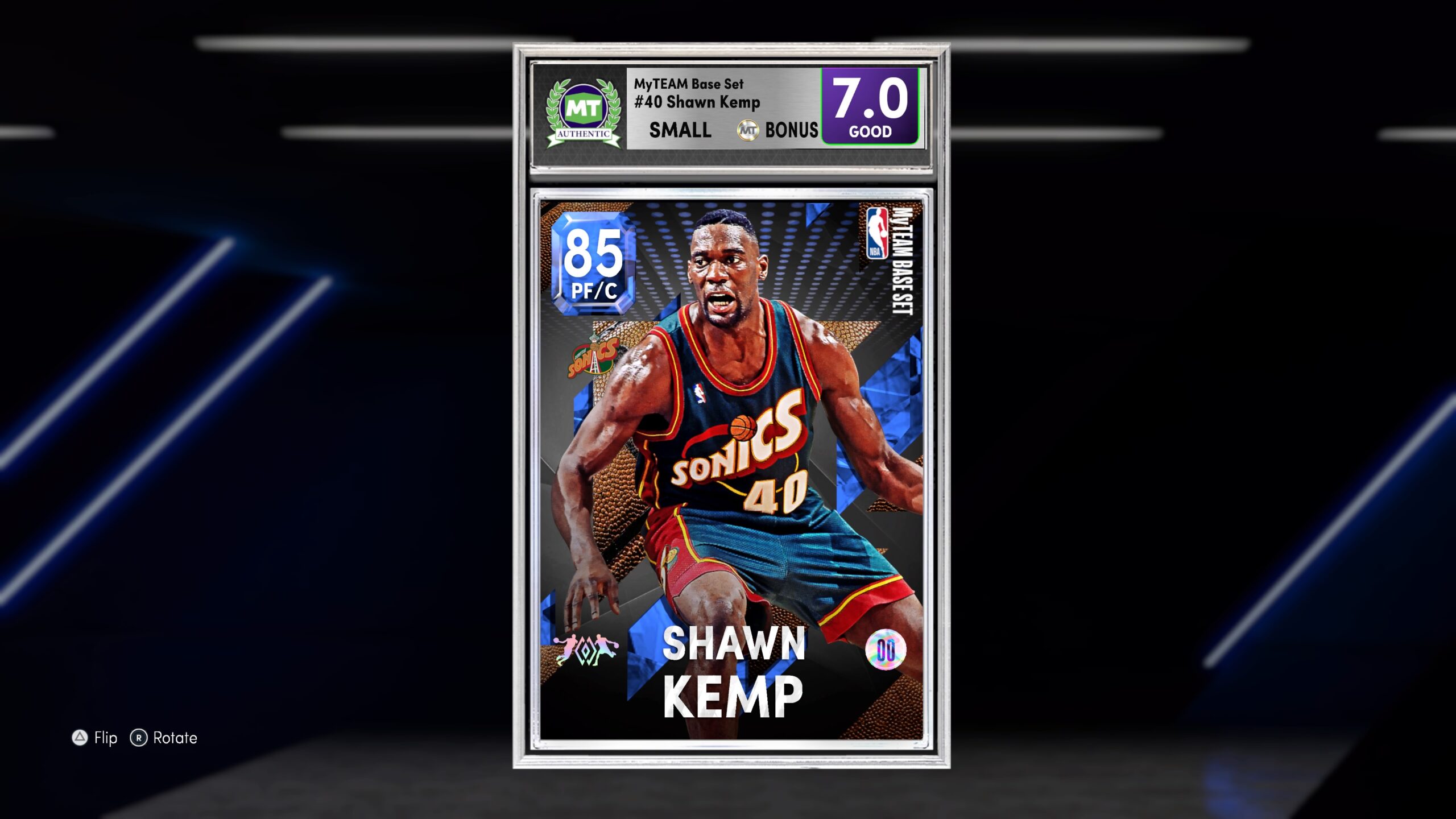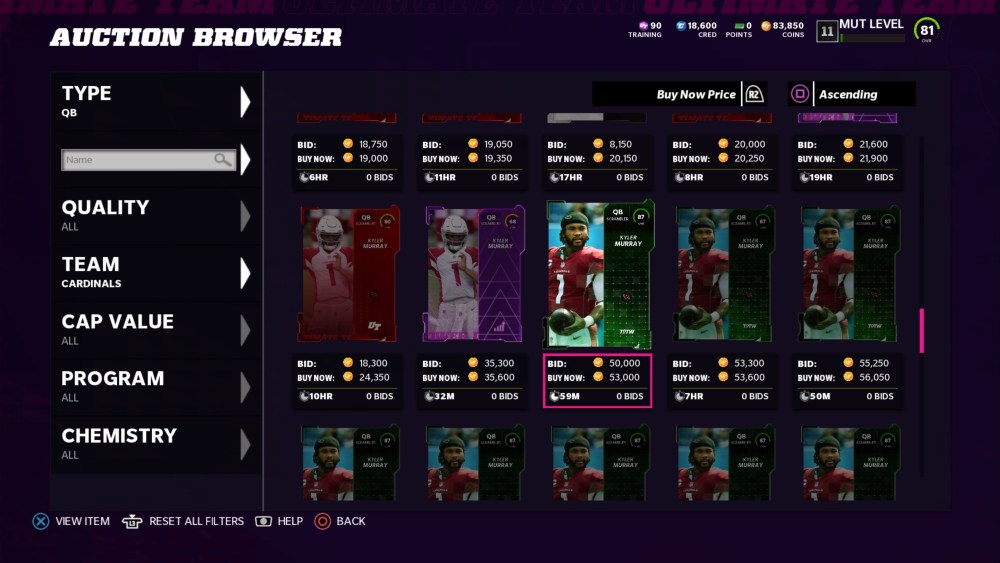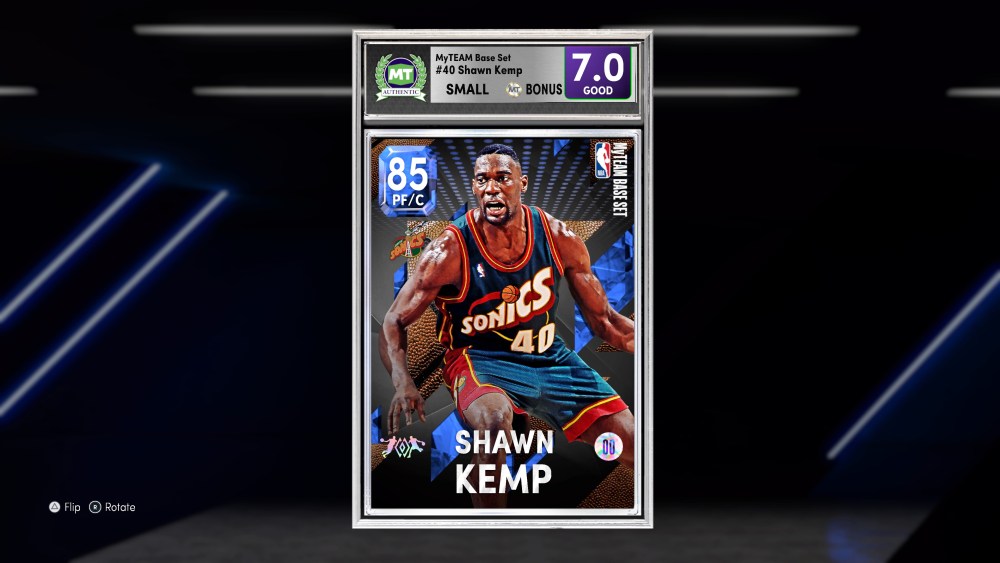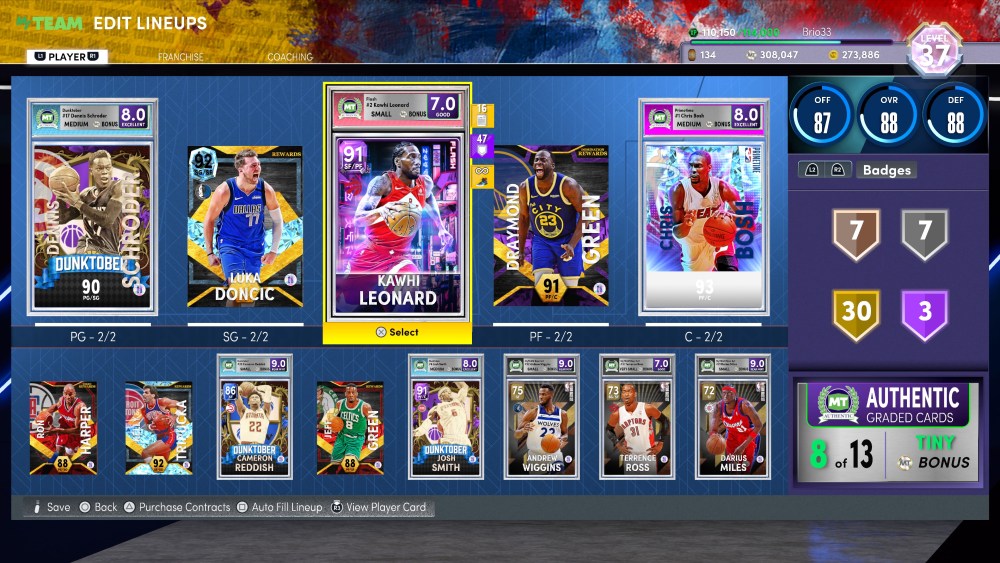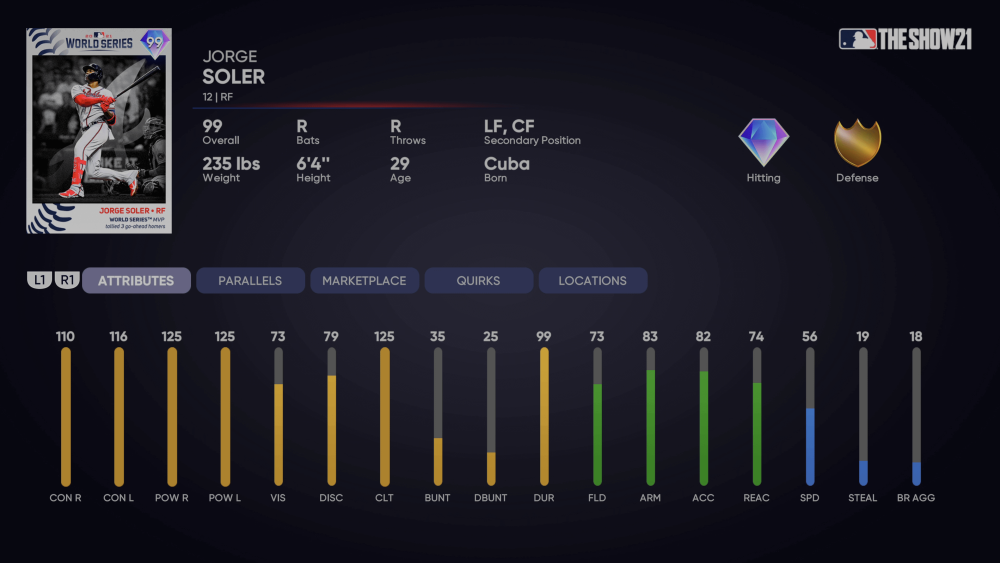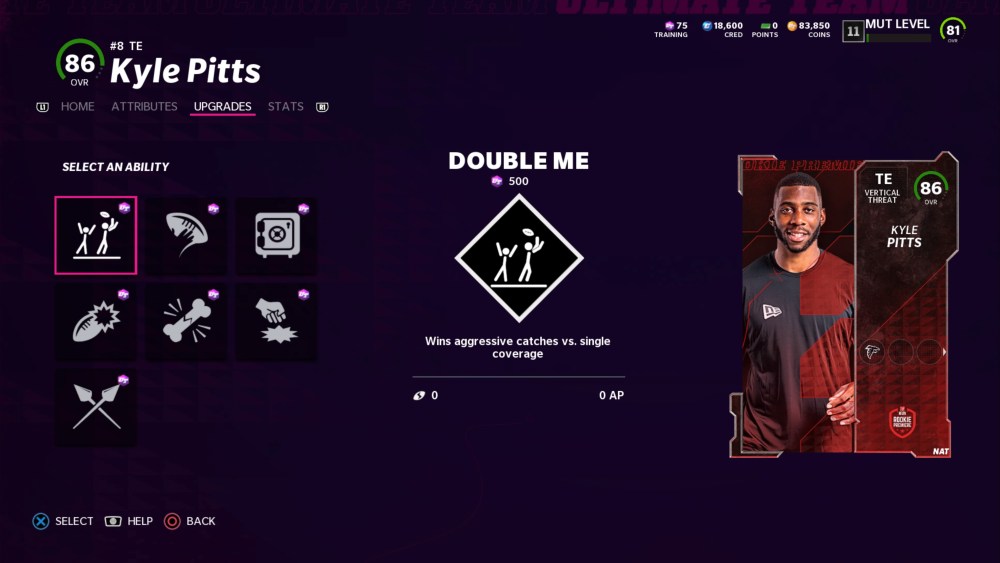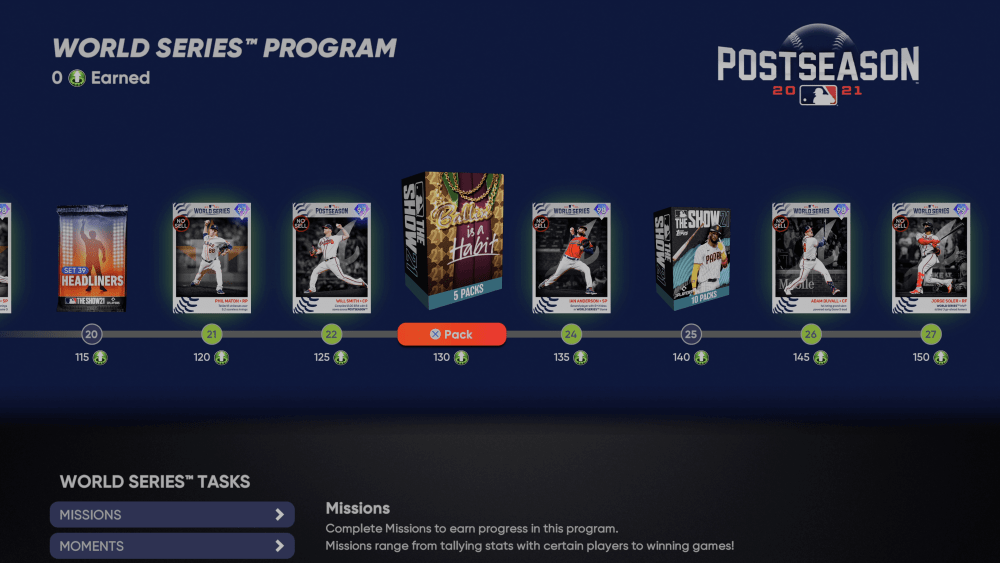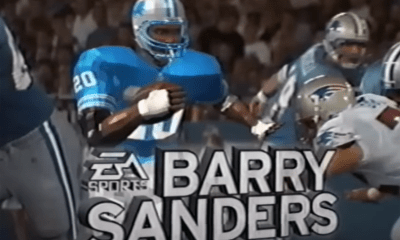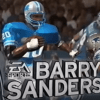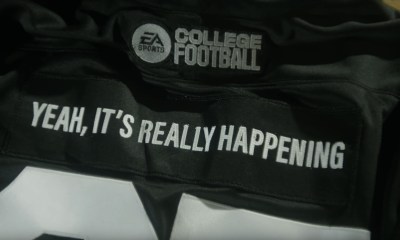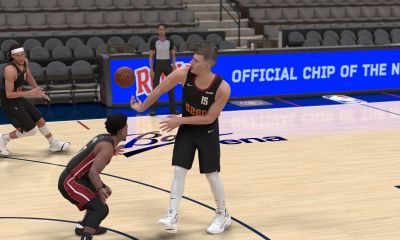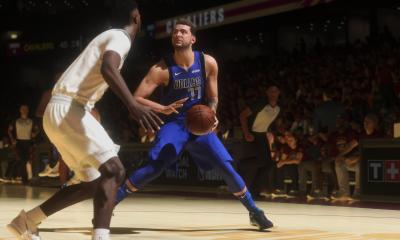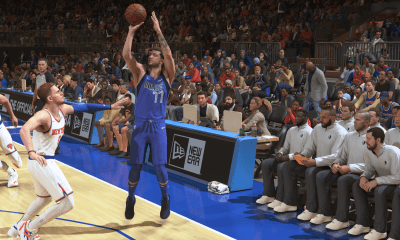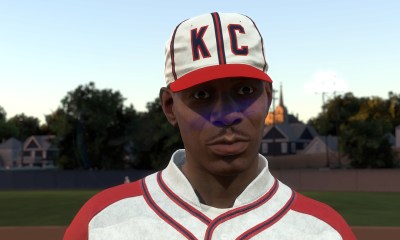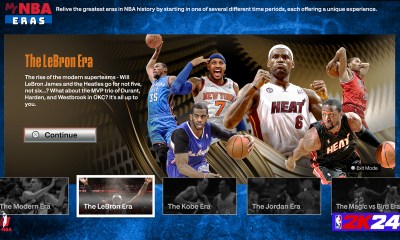Operation Sports
Have Card-Collecting Modes Become Too Complicated?
Card-collecting modes in sports video games have been around for many years now, and they have gradually become lucrative enough over time that they’re considered a priority with every major release. When they were initially implemented, it was enough of a novelty just to have the chance to assemble a team of players from across the entire league and then attempt to improve that squad by collecting even more players. Over time though, there’s been a push across all of the games to incorporate more players, options, and ways to use the cards you collect.
But there has been so much attention paid to these types of modes and so many new wrinkles added to ostensibly keep people interested in them that it’s worth exploring whether card-collecting modes have become too complicated and convoluted at this point. In other words, have they begun to alienate at least a portion of their audience? Whether it’s the addition of multiple forms of currencies, or the push to get people to buy packs, or the ludicrous amount of time required to obtain certain cards, there’s a real worry that the modes have gradually shifted into being only accessible for a small hardcore group of players.
Meanwhile, it would be understandable if casual players might be finding the framework increasingly overwhelming and the desire to compete against those with either deep pockets or a wealth of free time waning with every year.
What are the main causes for this sense of disillusionment that some players might be experiencing when engaging with these modes? Let’s go over some of them and try to figure out if there’s perhaps a better way to add a certain amount of complexity and strategy to the modes without making them feel like a confusing slog where you’re constantly trying to keep pace with everyone else. Some of these may be my own personal pet peeves from playing and others might be more universal issues that strike a chord with others.
Too Many Currencies
There may be nothing more disorienting than logging into Madden Ultimate Team for the first time in a while (or maybe even the first time at all) several months after the game’s release and being greeted with a dizzying array of different currencies that are displayed at the top of the screen. For my money, it was enough to have just regular old coins at my disposal, but each year MUT ups the ante by introducing all sorts of new currencies that may or may not include things like snow, candy corn, turkey legs, grass clippings, or pieces of lint.
Okay, some of those have never been used as a currency in previous editions of MUT, but who’s to say they won’t eventually be incorporated in this year’s MUT or in future editions somewhere down the line? What can you do with all of these currencies? The answer usually boils down to simply exchanging them in the store for packs, as if this would be impossible to accomplish if the game were to stick with coins instead of incorporating random objects into the mix.
Because MLB The Show‘s Diamond Dynasty remains the gold standard for card-collecting modes in sports games, it’s worth mentioning that Diamond Dynasty gets by with using one currency and one currency only: stubs. By keeping things simple like that, the mode doesn’t suffer any sort of limitations at all and functions perfectly fine without the need to continue unveiling a new type of currency every month. While some might find accumulating snow to be novel and fun, it’s also possible to interpret it instead as a sort of desperation on the part of MUT developers. It’s almost as if they were attempting to compensate for any shortcomings elsewhere in the mode by having these currencies serve as regular reminders that new content has arrived in the absence of any truly ground-breaking innovations.
Player Upgrades
One other note on MUT’s glut of currencies is that the mode also has training points that you can use to improve players already in your existing lineup. Because there are so many ways you can use these, it becomes difficult to decide how exactly you want to apply them. You can invest them in upgrading specific power-up players to take them from low OVR ratings to higher OVR ratings, but be prepared to spend way too much time trying to assess which players provide the best value on your investment.
To make matters even more complicated, these same training points can also be used to apply certain boosts and X-Factors to any players you have on your team. It’s all enough to make your head hurt and keeps you spending too much of your time with the mode, which may be limited, on trying to decipher the best way to upgrade your players like it was some kind of math problem you need to solve.
This sort of issue extends to card-collecting modes in other games as well, such as NBA 2K22‘s MyTeam where they’ve made things even more complicated this year. It’s bad enough that the mode remains the only holdout in making people continuously apply contracts to the players on your team if they want to be able to use them in any games. But contracts aren’t the only thing you have to worry about if you want your players to be at their best in NBA 2K22‘s MyTeam, as you’ll also need to consider adding shoes and badges to give them some boosts (in NBA 2K22, you can now even craft your own shoes using various bonuses).
It eventually gets to the point where it’s hard to tell how much influence a player’s actual skills or attributes factor into their play and how much is instead the myriad upgrades you’ve applied to them. MyTeam upped the ante even more in NBA 2K22 by adding a new card grading system that can have you receiving better rewards, but it’s a perplexing new feature that has you paying 2K a small fee to evaluate your cards so that you can get more currency for games they play.
Comparatively, the only way to boost your players in Diamond Dynasty is by competing in games with players and then having them slowly unlock tiers of bonuses as you use them more and more. This may not be a perfect system either, but at least it’s a straightforward way of rewarding you for actually playing games rather than asking you to purchase bonuses that would be ideal for your players instead. It can be a huge deterrent to even get involved in a mode when you know there’s always a chance you might be facing someone who has paid for their team to be elite rather than working for it.
Multiple Cards Of Same Players
Something all card-collecting modes are guilty of is having multiple cards of the same players. It’s undeniably thrilling to be able to add a player that you really like to your collection, but it’s just as disappointing then to learn that the card you acquired is only the lesser version of that player and there are possibly several other cards of that same player available that are superior to the one you have. The truly frustrating thing about this is that there’s no real logical explanation as to why the same player might perform better in one form rather than another.
Is one card meant to represent that player on a day when he had some bad clams the night before and wasn’t feeling quite right or something? Diamond Dynasty has player of the month cards that showcase someone when they were at their best, which does make some sense, but it also seems kind of strange and a little extraordinary to be able to have that player permanently performing as he did in one special month.
It’s evident that the primary reason for this is that it’s necessary to stagger the best cards throughout the game’s cycle to keep people coming back regularly — and let’s face it, so companies can continue to entice people to buy the newest and best card out there. But a consequence of catering to the most hardcore players of the card-collecting modes is that you can’t help but alienate anyone even just slightly more casual who can see the writing on the wall that you’re either in it for the long haul or you might as well not even bother.
Despite having multiple versions of the same players, Diamond Dynasty does manage to point to a better way in how they release elite cards even early on in the game’s cycle and make it relatively easy to field a squad that can compete online with almost anyone. There are so many viable cards out there that it then becomes a matter of how you want to balance your team rather than feeling as if you can’t keep up at all with those who grind the mode every day.
Microtransactions
By now, it’s pretty much accepted and expected that card-collecting modes are going to allow the opportunity for those who want to fork over their own money to improve their team, especially considering people have been willing enough to open up their wallets. If there are some who want to spend their hard-earned savings on a game that they enjoy in their leisure time, there’s absolutely no problem with that. It becomes an issue in these modes though when microtransactions are prevalent enough that they can potentially impede your progress and certain tasks can only be completed by using that credit card.
MUT in Madden 22 is probably the biggest culprit for these shady tactics, and they can’t help but rear their ugly head throughout the experience. That starts with something as simple as completing the mode’s daily objective, where you’re required to not only complete a couple of challenges or claim victory in games, but you’ll also need to purchase a pack from the store in order to obtain your measly reward of a strategy item (the fact that you have to also gain 15 first downs in games in order to complete your extended daily objective and receive a coin reward is a grievance for another day).
It’s also frustrating when you go to browse the store because you’re potentially considering buying a pack and are confronted with the reality that there are way more offers available to those willing to use real money than to those looking to only spend coins.
It’s not only MUT that leans heavily on the microtransactions though, as all card-collecting modes tend to tout the release of high-end cards at various intervals throughout the game’s cycle. There are some that you may be able to get your hands on just by playing games and completing tasks (and be prepared for this to take time), but there are always others that you’ll need to hunt for by purchasing packs. The EA titles tend to have sets that you can complete in order to unlock coveted players, but these will often require you to collect a lot of different cards and sometimes the easiest way to procure those cards is by being willing to hit the mode’s store with some real funds in your account.
Diamond Dynasty, on the other hand, might entice you into buying some stubs to land Mike Trout, but once again it also presents you time and time again with clear paths to grabbing some impressive cards just by playing the game. On top of that, Diamond Dynasty also gives out free packs more than any other title so there’s always the remote chance you could get lucky and pull Trout in one of those packs anyway.
Bottom Line
There’s little doubt that card-collecting modes in sports games can be a lot of fun. However, they’ve also been around for so long now that in the rush to come up with new innovations to stay ahead of the rest of them, there are a lot of bells and whistles that have been added that are not entirely necessary and can also hinder the entire experience for some. It’s clear that there’s some sort of balance that the modes need to strike to ensure that the mode is just as enjoyable for casual players as it is for more hardcore ones who come back to the mode every day.
Along the same lines, it’s important that those who don’t want to shell out any more money than they’ve already spent on the game can have just as much fun with the mode as those trying to get a leg up by putting some real cash into the game. MLB The Show‘s Diamond Dynasty is definitely the card-collecting mode doing this best at this time, managing to give people plenty of ways to play the game and obtain high-level cards without asking you to jump through too many hoops or shell out any real money at all.
That said, there are likely those who play the game more than myself who feel like some or perhaps even all of the new wrinkles that continue to be added each year only allows their time with the modes to be more enriching. What do you think? Have these modes become too complicated or are they headed in the right direction?


